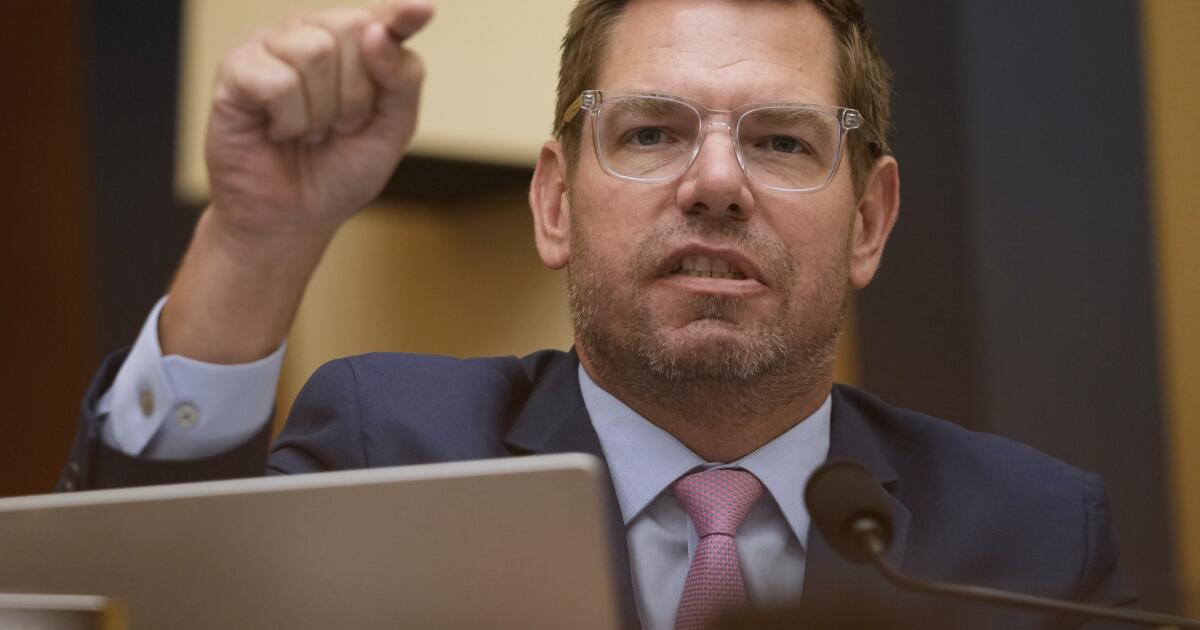The alleged drug traffickers killed by the US military in a strike on September 2 were heading to link up with another, larger vessel that was bound for Suriname — a small South American country east of Venezuela – the admiral who oversaw the operation told lawmakers on Thursday, according to two sources with direct knowledge of his remarks.
According to intelligence collected by US forces, the struck boat planned to “rendezvous” with the second vessel and transfer drugs to it, Adm. Frank Bradley said during the briefings, but the military was unable to locate the second vessel. Bradley argued there was still a possibility the drug shipment could have ultimately made its way from Suriname to the US, the sources said, telling lawmakers that justified striking the smaller boat even if it wasn’t directly heading to US shores at the time it was hit.
US drug enforcement officials say that trafficking routes via Suriname are primarily destined for European markets. US-bound drug trafficking routes have been concentrated on the Pacific Ocean in recent years.
The new detail adds yet another wrinkle to the Trump administration’s argument that striking the boat multiple times, and killing survivors, was necessary in order to protect the US from an imminent threat.
Secretary of State Marco Rubio told traveling press in Florida shortly after the strike that the alleged drug boat targeted was “probably headed to Trinidad or some other country in the Caribbean.” However, President Donald Trump said in a post announcing the strike on September 2 that “The strike occurred while the terrorists were at sea in International waters transporting illegal narcotics, heading to the United States.”
Bradley, who led Joint Special Operations Command at the time of the strike, also acknowledged that the boat had turned around before being struck, because the people on board appeared to see the American aircraft in the air, the sources said. CNN reported in September that the boat turned around before being hit.
The US military ultimately struck the boat four times—the first time splitting the boat in half and leaving two survivors clinging to a capsized portion, CNN reported on Thursday. The second, third and fourth strikes killed them and sunk the vessel.
The survivors were also waving at something in the air, the sources said Bradley told them, although it’s unclear whether they might have been surrendering or asking the US aircraft they had spotted for help.
The Pentagon did not immediately respond to a request for comment.
It is considered a war crime to kill shipwrecked people, which the Pentagon’s law of war manual defines as people “in need of assistance and care” who “must refrain from any hostile act.” Although most Republicans have signaled support for President Donald Trump’s broader military campaign in the Caribbean, the secondary strike on September 2 has drawn bipartisan scrutiny — including, most consequentially, a vow from the Senate Armed Services Committee to conduct oversight.
Hegseth’s role in the secondary strike — including the precise orders he gave Bradley — continues to be a point of scrutiny.
Lawmakers were told on Thursday that Hegseth had made clear before the mission began that the strikes should be lethal, CNN has reported, but that he was not made aware of the survivors until after they had been killed, one of the sources with direct knowledge said.
Bradley understood the mission objective to be to kill all 11 individuals on board and sink the boat, a US official said. But the order was not specifically an order to kill all and provide no quarter, meaning that someone who surrenders will be killed, which has “specific implications” and is illegal, the US official said.
This story was updated with additional information.
















































